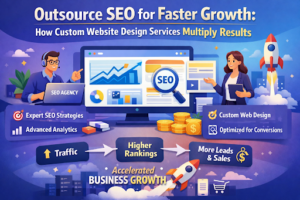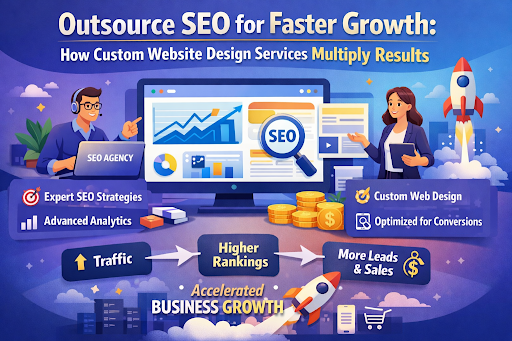Launching a software product successfully requires careful planning, strategic execution, and continuous iteration based on user feedback. Whether you’re developing a mobile app, SaaS platform, or enterprise software solution, following these essential steps can help ensure a smooth and effective launch.
Idea Validation and Market Research
The first step in launching any software product development is to validate your idea and conduct thorough market research. Start by identifying a problem that your software aims to solve. Validate this problem through market research, surveys, and interviews with potential users and stakeholders. Understand the competitive landscape to identify gaps and opportunities that your product can capitalize on.
Defining Your Product
Once you’ve validated your idea, clearly define your product’s vision and core features. Develop user personas to understand your target audience’s needs, preferences, and pain points. Establishing key performance indicators (KPIs) will help you measure success and align your development efforts with your business goals.
Planning and Road mapping
Choose an appropriate development methodology (Agile, Waterfall, etc.) based on your project’s scope and requirements. Create a detailed project plan and roadmap that outlines milestones, deliverables, and timelines for each stage of development. This plan serves as a blueprint to keep your team aligned and focused throughout the development process.
Designing User Experience (UX)
User experience (UX) design plays a crucial role in the success of your software product. Develop wireframes and prototypes to visualize the user interface and user flow. Incorporate feedback from usability testing sessions to iterate and refine your designs. Ensure that your product offers intuitive navigation, seamless interactions, and a visually appealing interface.
Development and Testing
With the design finalized, proceed to software development. Implement the core features and functionalities of your product according to the specifications defined in earlier stages. Conduct thorough testing, including unit testing, integration testing, and user acceptance testing (UAT), to identify and fix any bugs or issues. Iteratively improve your product based on testing feedback to ensure quality and reliability.
Preparing for Launch
As development nears completion, focus on preparing for the launch. Set up hosting, domain registration, and deployment infrastructure to ensure a smooth transition from development to production environment. Develop marketing materials and assets such as website content, promotional videos, and social media posts to generate buzz and anticipation around your product.
Marketing and Promotion
Create a comprehensive marketing strategy to reach your target audience and drive adoption of your software product. Utilize various channels such as social media, email marketing, content marketing, and paid advertising to build awareness and attract users. Leverage early adopters and influencers to generate excitement and credibility around your product.
Launch Day
Execute your launch plan with precision. Monitor the launch closely to address any last-minute issues or technical glitches that may arise. Engage with early users and gather initial feedback to gauge user experience and identify areas for improvement. Celebrate the launch with your team and stakeholders to mark this significant milestone.




